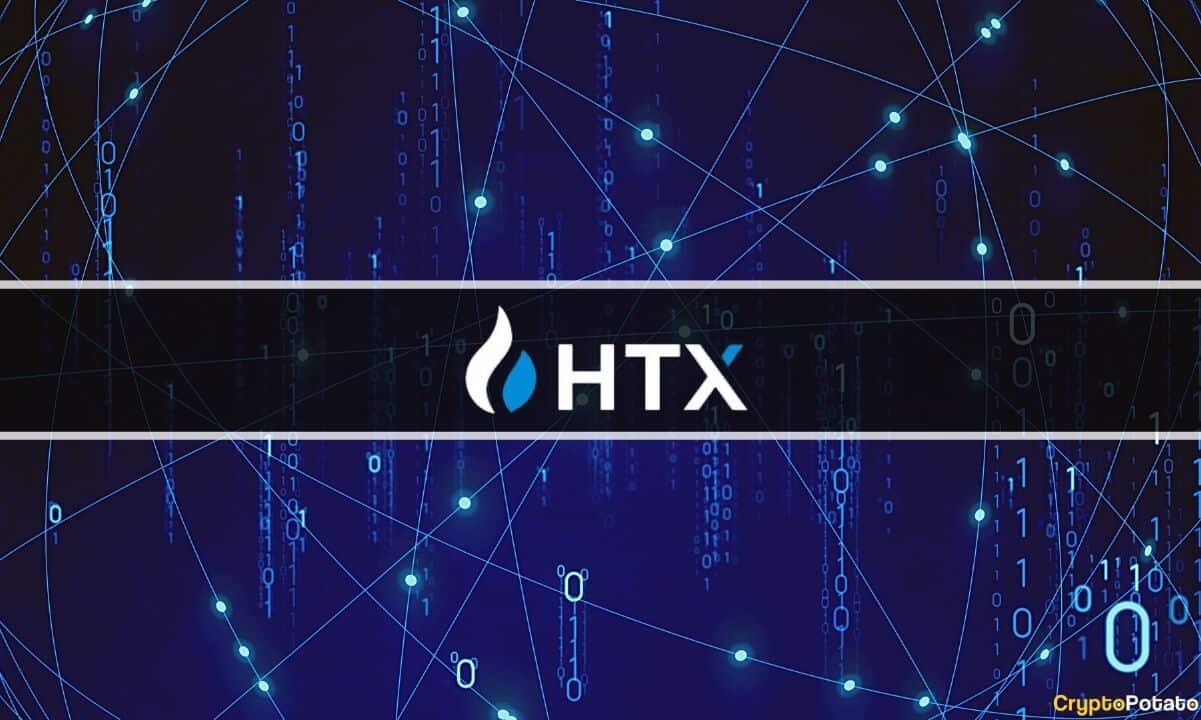Ethereum’s Post-Shanghai Upgrade Activity Disappoints, JPMorgan Analysts Report
Ethereum underwent the Shanghai upgrade to enhance network activity and strengthen the DeFi ecosystem about a year ago.
However, a recent report from JPMorgan suggests the upgrade has not met expectations due to an overall decrease in the network’s activity since then.
Ethereum’s Network Activity Declines Post-Upgrade
The Shanghai upgrade was a milestone for Ethereum, transitioning the blockchain from a proof-of-work (PoW) to a proof-of-stake (PoS) consensus mechanism. This shift aimed to decrease energy usage and increase network activity. However, JPMorgan’s analysis revealed a decline in Ethereum’s network activity after the hard fork.
According to the report, daily transactions on the Ethereum network have experienced a drop of approximately 12% since the upgrade. The number of daily active addresses on the blockchain has also fallen by nearly 20%, indicating a decrease in user engagement and participation. Total Value Locked (TVL) in DeFi has also witnessed a slump of almost 8%.
JPMorgan’s analysts believe external factors in the crypto environment may have influenced Ethereum’s performance after the Shanghai upgrade. One challenge Ethereum has faced is bearish forces in the crypto market, like setbacks in projects such as Terra and FTX in the past year. These incidents and regulatory actions in the United States have created uncertainty and caution among investors and users.
Another challenge for Ethereum is the decline in stablecoin supply. Stablecoins are crucial in providing liquidity and facilitating trading in the Ethereum ecosystem. Decreased stablecoin supply can negatively impact network activity and DeFi protocols, potentially contributing to the observed decline.
Additionally, there are concerns about centralization in Ethereum, even with the rise in staking activity, which has increased by 50% since the Shanghai upgrade. Notably, Liquid staking protocols like Lido have gained prominence, raising concerns about power concentration in the network.
Analysts Optimistic Over Upcoming Upgrade
Despite these challenges, JPMorgan analysts believe there is hope for Ethereum. The blockchain is gearing up for another upgrade known as EIP-4844, or Protodanksharding, scheduled for implementation in the fourth quarter of this year.
EIP-4844 aims to address some shortcomings observed after the Shanghai upgrade, including enhancing scalability, increasing transaction throughput, and improving overall network performance.
Despite the optimism surrounding the potential positive impact of this upgrade, JPMorgan’s analysts warn that ongoing bearish forces in the cryptocurrency market may still pose challenges.
The post Ethereum’s Post-Shanghai Upgrade Activity Disappoints, JPMorgan Analysts Report appeared first on CryptoPotato.









